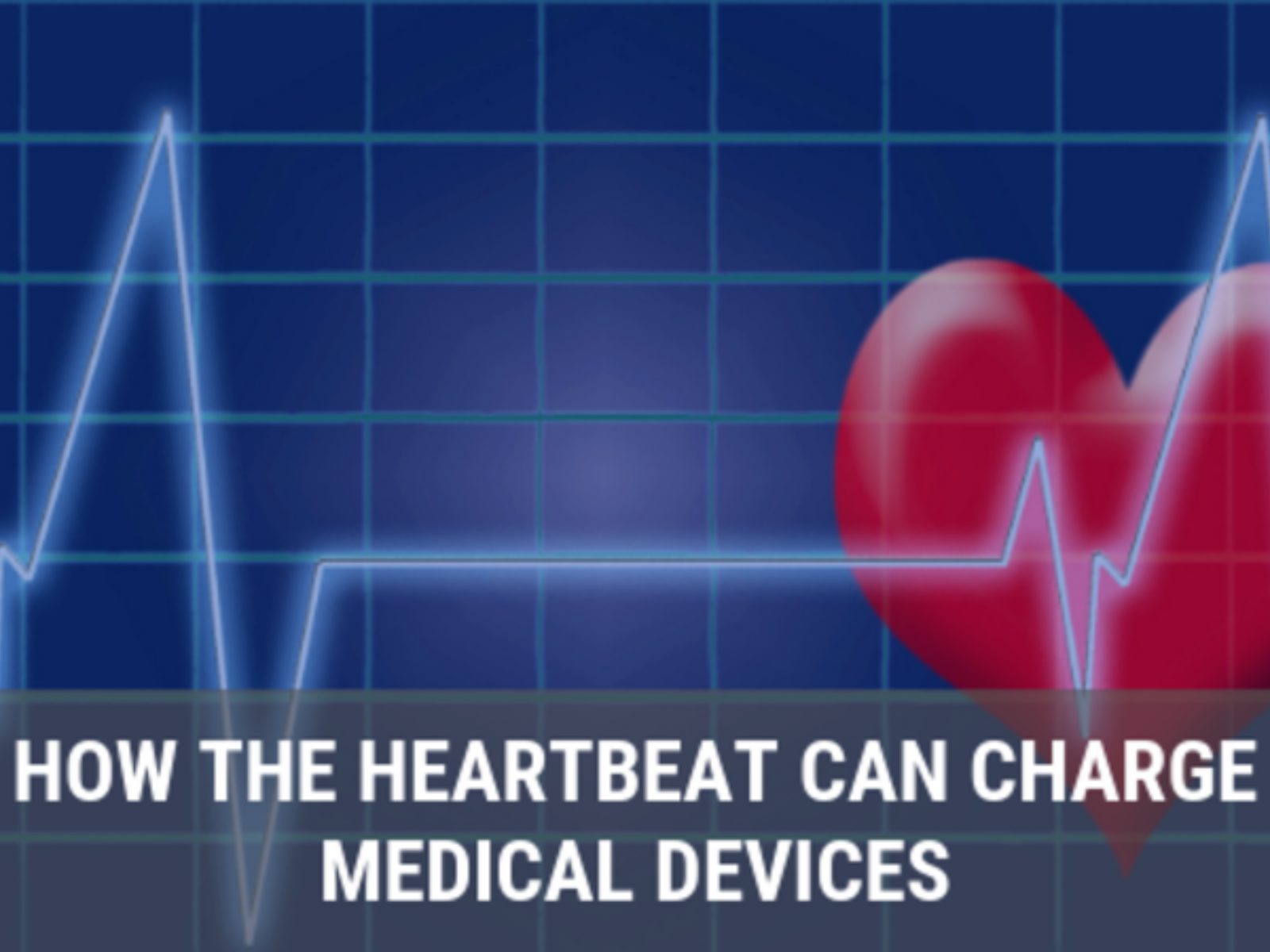Defibrillators and pacemakers are medical heart devices that rely on battery power, but these have the disadvantage of requiring replacement every five to ten years. Whenever people need to undergo surgery, it can be costly and introduce new complications, even with routine operations like battery replacement. In order to help prevent these sorts of mandatory invasive surgeries, researchers at Dartmouth College are in the process of developing new methods that will generate electricity by means of leveraging the human heartbeat's strength instead of relying on external factors.
Engineers in Dartmouth have been successful in designing a dime-sized piezoelectric cantilever; this is both porous and flexible. This new design has incorporated a thin film that is inside a dual-cantilever structure; this, in turn, is wrapped around the lead of a pacemaker with two free ends. These free ends stretch out from the pacemaker, extending to harvest the energy that is produced by the normal rhythym of the heart.
The researchers knew that the device had to be not only biocompatible, it also needed to be flexible, lightweight, and low in profile so it would fit into the structure of an existing pacemaker. It also needed to be scalable to allow for use in the future with multi-functionality. One engineering professor asserts that the team is trying to solve the ultimate problem for all implantable biomedical devices, which is to create an energy source that is effective enough for a device to do its required duty during the patient's whole lifespan, and to perform in such a way that surgery to replace a battery will no longer be necessary. It is also essential that the power source lasts, not only for the entire duration of the patient's existence but do so without interfering with the normal function of the body.
A research paper that was published last month presented the detailing of the first three years of the project's research, including the results of testing on animals. The original test results showed a maximum electrical yield that could be nearly doubled by adding a proof mass of 31.6 mg upon the dual-cantilever tip. The research team is presently continuing research with two years remaining on a grant to complete the pre-clinical process. The next step is to obtain regulatory approval. In addition, program engineers have also begun to investigate the ways this technology can be utilized in charging other implanted devices.
http://kurthansbury.com/how-the-heartbeat-can-charge-medical-devices/
Please login to comment.





